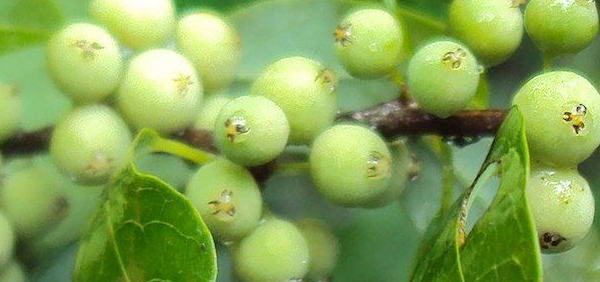sita :

Substitute:
Used as a substitute for Desmodium gangeticum (Shaalaparni) in South India.Adultrants:
Even though a controversy exists in regard to identification of species, some species of Desmodium are used as substitutes. The commonly used varieties are Desmodium tilaefolium and desmodium polycarpous.
Adulterants are rare. This is due to the fact that Saliparni is common plant and grows through out India.
Controversy:
There exists a controversy and dilemma in identifying the two classical drugs Saliparni and Prisniparni.
In the northern parts of India Saliparni is identified as desmodium gangeticum where as in the southern belt which includes states like kerala it is identified as pseudarthria viscida. And moreover desmodium gangeticum is used as prisniparni here. Many commentators of ayurveda materia medica also identify Saliparni as desmodium gangeticum. This has caused confusion in the meanings of Sanskrit words Saliparni and prisniparni.
Even Bhavamisra has made the same mistake. This can be seen from the following quotation where he says simhapucchi can be used in the place of prisniparni ,forgetting the fact that he had given the name simhapucchi as a synonym to prisniparni.he had used the synonym triparni for salaparni where triparni means a plant with three leaves, this proves that prisniparni a plant with one leaf cannot be designated as triparni. It is in the light of the above statements that we consider salaprni as pseudarthria viscida
Commercial value:
It has potential for use as a green manure.- » Classification and names of sita
- » Synonyms and definitions of sita
- » Drug Properties of sita
- » Chemical Constituents of sita
- » Standardization of sita
- » Parts used and Dosage of sita
- » Morphology and Histology of sita
- » Distribution and Conservation of sita
- » Cultivation of sita
- » sita in the market
- » Medicinal Uses of sita
- » Researches and clinical trails of sita
- » sita in other sytems of medicine
- » Ayurvedic formulations with sita
- » Images of sita












